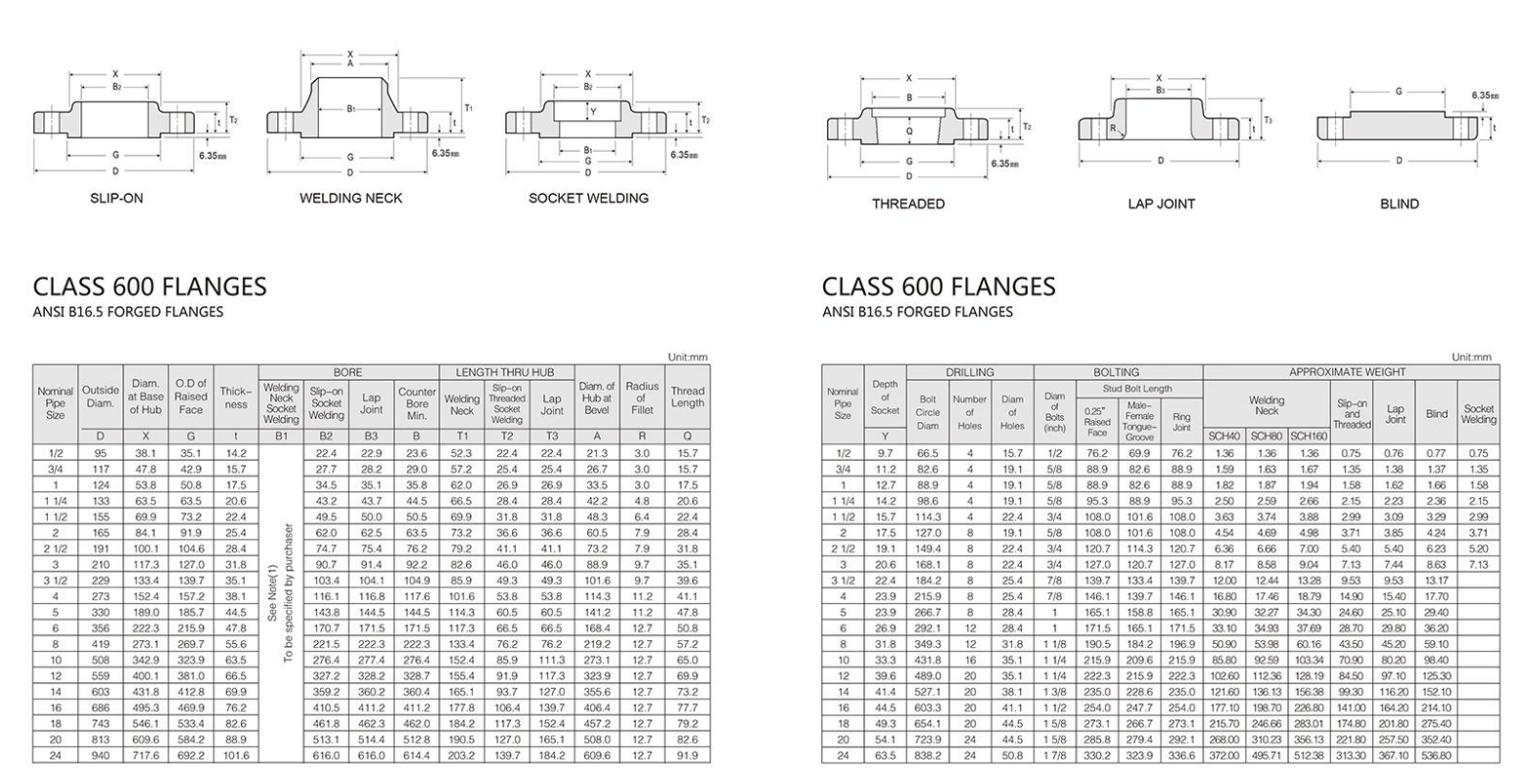-
Cangzhou Yulong Steel Co., Ltd.
-
Phone:
+86 13303177267 -
Email:
admin@ylsteelfittings.com
- English
- Arabic
- Italian
- Spanish
- Portuguese
- German
- kazakh
- Persian
- Greek
- French
- Russian
- Polish
- Thai
- Indonesian
- Vietnamese
- Zulu
- Korean
- Uzbek
- Hindi
- Serbian
- Malay
- Ukrainian
- Gujarati
- Haitian Creole
- hausa
- hawaiian
- Hebrew
- Miao
- Hungarian
- Icelandic
- igbo
- irish
- Japanese
- Javanese
- Kannada
- Khmer
- Rwandese
- Afrikaans
- Albanian
- Amharic
- Armenian
- Azerbaijani
- Basque
- Belarusian
- Bengali
- Bosnian
- Bulgarian
- Catalan
- Cebuano
- China
- China (Taiwan)
- Corsican
- Croatian
- Czech
- Danish
- Esperanto
- Estonian
- Finnish
- Frisian
- Galician
- Georgian
- Kurdish
- Kyrgyz
- Lao
- Latin
- Latvian
- Lithuanian
- Luxembourgish
- Macedonian
- Malgashi
- Malayalam
- Maltese
- Maori
- Marathi
- Mongolian
- Myanmar
- Nepali
- Norwegian
- Norwegian
- Occitan
- Pashto
- Dutch
- Punjabi
- Romanian
- Samoan
- Scottish Gaelic
- Sesotho
- Shona
- Sindhi
- Sinhala
- Slovak
- Slovenian
- Somali
- Sundanese
- Swahili
- Swedish
- Tagalog
- Tajik
- Tamil
- Tatar
- Telugu
- Turkish
- Turkmen
- Urdu
- Uighur
- Welsh
- Bantu
- Yiddish
- Yoruba

Aug . 01, 2024 08:51 Back to list
Exploring the Advantages and Applications of Submersible Pumps in Various Industries and Environments
Submersible Pumps An Overview of Mechanism and Applications
Submersible pumps are vital devices used in various industries to manage the movement of fluids from one place to another. Unlike conventional pumps that are installed above the water source, submersible pumps operate by being submerged in the liquid they are intended to pump. This unique design allows them to push fluid to the surface, making them highly efficient and versatile for a range of applications.
Mechanism of Submersible Pumps
The operation of a submersible pump relies on a robust motor that is sealed within a waterproof casing. This casing is submerged in the fluid, usually water, allowing the pump to operate underwater. The motor drives impellers that create a positive displacement, drawing the fluid into the pump and pushing it through the discharge pipe. The submersible design minimizes the risk of cavitation—an issue where vapor bubbles form and collapse, causing damage and inefficiency in conventional pumps.
There are two primary types of submersible pumps electrical and hydraulic. Electrical submersible pumps (ESP) are commonly found in wastewater treatment, mining, and agricultural applications. Hydraulic submersible pumps, typically used in oil fields or deep-well situations, are driven by hydraulic motors, making them ideal for operation in environments where electrical connections could pose a safety risk.
Applications of Submersible Pumps
Submersible pumps have a diverse range of applications across several sectors. In the agricultural industry, they are widely employed for irrigation and drainage systems. Farmers use these pumps to extract groundwater and ensure adequate supply for crops, particularly in areas where surface water is scarce. The ability to submerge the pump allows for efficient water retrieval from deep wells.
submersible pump

In urban settings, submersible pumps are integral to managing stormwater and wastewater systems. They help prevent flooding in basements and low-lying areas by quickly removing excess water. Additionally, in sewage systems, submersible sewage pumps transport sewage and wastewater to treatment facilities, helping maintain hygienic urban environments.
Submersible pumps are also crucial in the oil and gas industry. Electrical submersible pumps are used to extract crude oil from underground reservoirs efficiently. These pumps enhance production rates and are often installed with monitoring equipment to analyze reservoir performance and optimize extraction processes.
Advantages of Submersible Pumps
The design and functionality of submersible pumps offer several advantages. First and foremost, their ability to operate underwater reduces the risk of pump cavitation and increases efficiency in moving fluids. Furthermore, submersible pumps are typically more energy-efficient than surface pumps since they do not need to lift water vertically from the surface, which can consume substantial energy.
Moreover, submersible pumps tend to be quieter than traditional pumps, which is particularly beneficial in residential areas or sensitive environments. Their compact design allows them to fit into smaller spaces, making them suitable for a wide variety of installations.
Conclusion
In conclusion, submersible pumps are essential tools in various industries, offering efficient solutions for fluid management. Their unique design allows them to operate effectively underwater, making them a go-to choice for agricultural, urban, and industrial applications. With advancements in technology, submersible pumps continue to evolve, providing enhanced performance and reliability. Whether in managing groundwater resources or ensuring efficient sewage disposal, submersible pumps play a critical role in modern fluid management systems.
Latest news
-
ANSI 150P SS304 SO FLANGE
NewsFeb.14,2025
-
ASTM A333GR6 STEEL PIPE
NewsJan.20,2025
-
ANSI B16.5 WELDING NECK FLANGE
NewsJan.15,2026
-
ANSI B16.5 SLIP-ON FLANGE
NewsApr.19,2024
-
SABS 1123 FLANGE
NewsJan.15,2025
-
DIN86044 PLATE FLANGE
NewsApr.19,2024
-
DIN2527 BLIND FLANGE
NewsApr.12,2024
-
JIS B2311 Butt-Welding Fittings LR/SR 45°/90° /180°Seamless/Weld
NewsApr.23,2024











